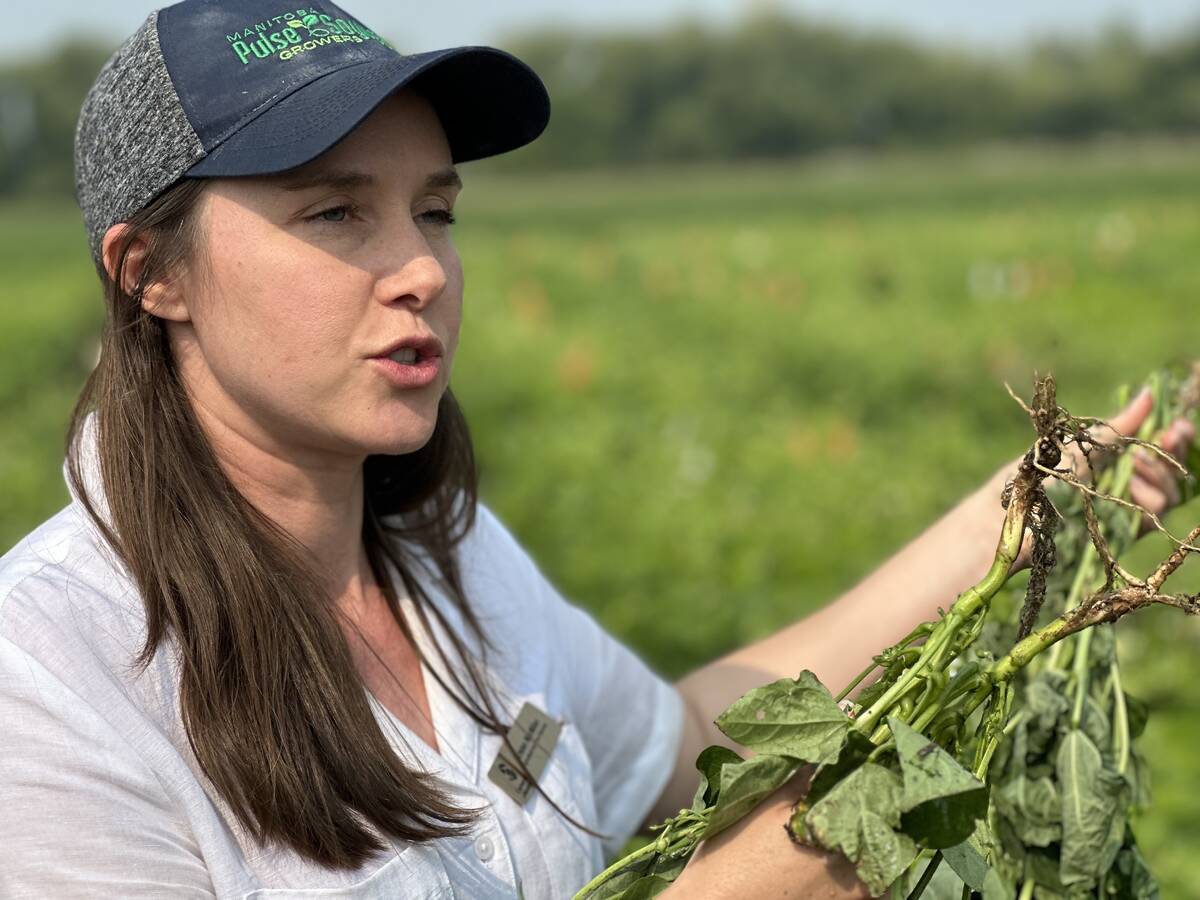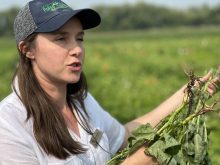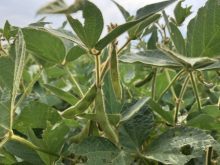Seed technology and chemical companies are increasing investment in agriculture, spurred on by soaring commodity prices and food security concerns.
BASF has said 23 percent of this year’s $2 billion research and development budget will go to its agriculture business, a segment that accounted for less than six percent of the company’s 2007 sales.
Bayer devoted 25 percent of its 2007 R & D budget to its crop science division, which accounted for 18 percent of that year’s sales. Bayer plans to spend $1.17 billion on agricultural research by 2015, up 17 percent from 2007.
Monsanto is spending $2 million a day on agricultural research, up from $1.5 million spent four years ago.
Read Also

Lower nitrogen rates in dry beans could pay off for farmers
Manitoba research is testing whether reduced nitrogen fertilizer in dry beans can maintain yields while cutting costs and lowering greenhouse gas emissions.
“A lot of chemical companies are devoting more money to agricultural R & D, typically on the seed trait side,” said Monsanto Canada spokesperson Trish Jordan.
Last week, Monsanto announced plans to double the yield in its three core crops of corn, soybeans and cotton by 2030 from 2000 and has established a $10 million grant to accelerate public sector research in wheat and rice.
The yield increase is part of a three-point commitment that also includes developing seeds that will reduce by one-third the land, water and energy required to grow them and improving the lives of farmers, although no specific goal was outlined for that component.
“Together, we must meet the needs for increased food, fibre and energy while protecting the environment. In short, the world needs to produce more while conserving more,” Monsanto president Hugh Grant said in a news release.
These are a few examples of chemical companies investing more heavily in agriculture, prompted in part by the business segment’s growing profits.
“Innovation is back in style, eh?” said CropLife Canada president Lorne Hepworth.
Seven years ago the big six agricultural chemical companies, Dow, DuPont, Monsanto, BASF, Bayer and Syngenta, were investing 11 percent of their gross sales on agricultural
R & D, but that fell to 10 percent as the farm economy slumped.
However, with commodity prices rising and food security issues making international news, there is more demand for the industry’s yield-boosting products, such as pesticides and genetically modified crops.
“It could be creeping back up closer to that 11 percent,” Hepworth said.
A one percentage point increase may not sound like much, but it amounts to an extra $80 million expenditure for big players such as Monsanto and Syngenta, which are spending $800 million per year on agricultural R & D.
Even if the big six keep spending at 10 percent, Hepworth said more money will flow into research because sales are up.
However, that doesn’t necessarily mean more pesticide products on the market. Five to 10 new active ingredients are introduced every year and Hepworth doesn’t expect that to change.
Finding improved molecules for herbicides is getting harder, health and safety standards are more stringent and GM crops have eliminated much of the market for herbicides not associated with a genetic tolerance.
And then there is the cost. Hepworth said companies invest as much as $200 million to get a new active ingredient to market.
“These are big numbers. It takes deep pockets and deep commitment to get these products through the R & D pipeline.”
Many companies have shifted focus toward fungicide and insecticide seed treatments and away from traditional herbicides.
“That speaks to the value of the seed now and the need to protect it.”
Also an increasing share of companies’
R & D money goes to developing GM crops, with a particular emphasis on traits to address today’s environmental and food safety concerns, such as water optimization, drought and heat tolerance and improved nitrogen uptake, all with the goal of boosting yields.
Jordan said at one time 75 percent of Monsanto’s business was chemicals and 25 percent seed traits. That has flipped, and its new three-point commitment, which revolves around commercializing new seed traits, is further proof of its changing focus.















